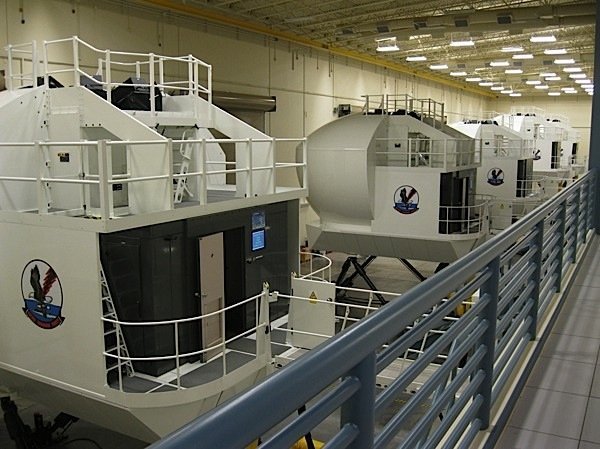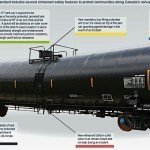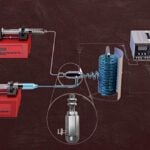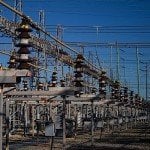In February, the federal government announced that it was investing $250 million in the Montreal flight simulator company CAE under the Strategic Aerospace and Defence Initiative. The money, a repayable loan that the company will begin repaying over fifteen years beginning in 2020, is intended to help CAE maintain its competitive edge with a $700-million development of its next generation of simulators. CAE is the world’s largest maker of aircraft simulators.

CAE has now announced a series of new contracts with global defence customers worth $140 million. They include four P-8A simulators sold to Boeing for the United States Navy. The P-8A Poseidon is a long-range anti-submarine warfare aircraft under development for the US Navy by Boeing. CAE has previously provided ten P-8A simulators to Boeing. The current contract, along with a previous order for two simulators, will bring the total to sixteen simulators.
Other contracts announced include one to provide an SW4 helicopter simulator for the Polish Air Force, various contracts to provide the German Air Force with a range of training support services, and a contract to provide lifecycle support and maintenance services for PWN’s AW139 simulator in Malaysia.
“Our core market of virtual aviation training and CAE’s unparalleled global footprint continue to provide a solid base for our defence business as we broaden our approach and leverage our world-class training systems integration capabilities across the air, land, sea and public safety domains,” said Gene Colabatistto, Group President, Defence and Security, CAE.
CAE employs approximately 8,000 workers in thirty countries. CAE is now hoping to expand into the healthcare and mining markets. In January the company unveiled its maternal fetal simulator at a healthcare simulation conference. In December, it sold 44 trauma patient simulators to the United States Navy.

































